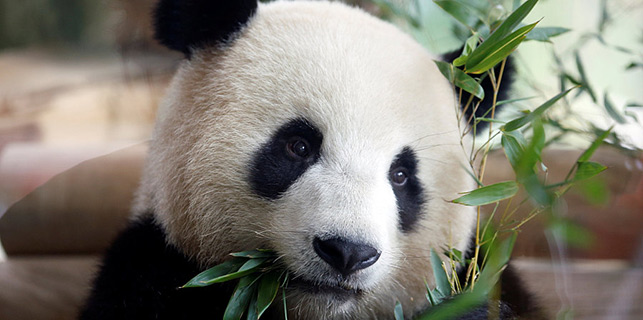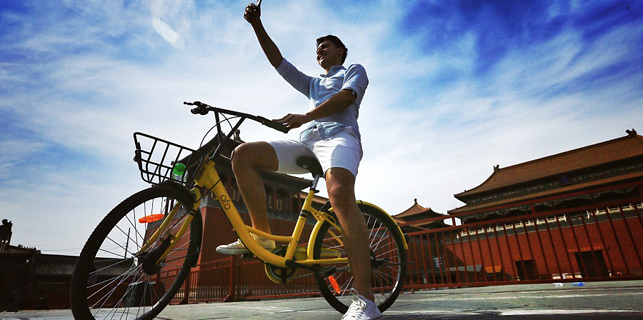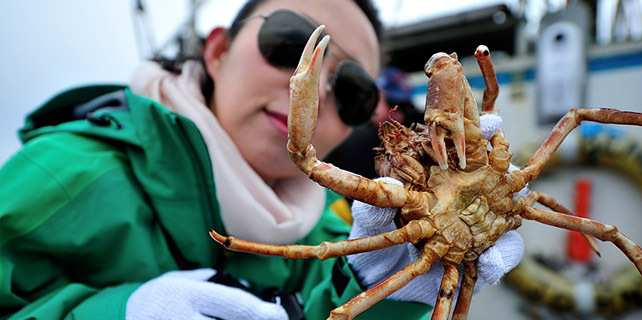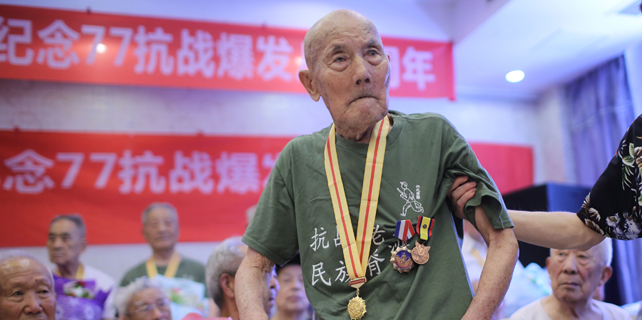Family zooms in on Sino-Russian trade
|
A rainbow connects Heihe in Heilongjiang province and the Russian city of Blagoveshchensk.Qiu Xianglin / For China Daily |
Three generations have documented the development of people-to-people ties between the two countries
After a summer rain shower, Qiu Xianglin takes his camera and walks along the Heilongjiang River, which serves as a boundary between China and Russia, hoping to capture a rainbow stretching over the river between Heilongjiang province's Heihe city and the Russian city of Blagoveshchensk.
"It is the most beautiful image I can capture," said 74-year-old Qiu, former chief photojournalist for Heihe Daily. For 40 years, he recorded the changes in Sino-Russian economic and trade cooperation, taking more than 100,000 photos.
Watermelons in Exchange for Chemical Fertilizers is one of his most famous works. It was taken in September 1987, shortly after trade through Heihe Port was resumed. "Our side traded 208 metric tons of watermelons for more than 300 metric tons of much-needed fertilizers," Qiu said.
Over the years, trade has flourished between the two sides, and Qiu has witnessed a lot of it firsthand.
"Heihe's people-to-people trade with the former USSR was the most dynamic - a scene not seen in other Chinese cities," Qiu said. "The central street was filled with wheeler-dealers who traded sportswear with the Soviets for wool coats."
China's light industrial products such as clothing, shoes and hats were popular on the other side, while Soviet leather and metal products won the hearts of Chinese.
In order to satisfy the needs of both sides, the first economic and trade fair between China and the then-USSR, as well as eastern European countries, was held by the former ministry of foreign trade and economic cooperation - which is now the Ministry of Commerce - and the provincial government of Heilongjiang in the provincial capital of Harbin in 1990.
"Barter trade was basically the major mode of doing business, which was the precursor to the Harbin International Economic and Trade Fair," said Qiu, who took many pictures of the event.
Three Middle-Aged Men with Hands Clasped Behind Their Backs, Bending Over and Inspecting Crafts Made of Birch is a photo taken at the 23rd Harbin International Economic and Trade Fair in 2012 by Qiu's son, Qiu Qilong.
After the dissolution of the Soviet Union, the fair underwent several changes before taking its final form, focusing on Russia.

















